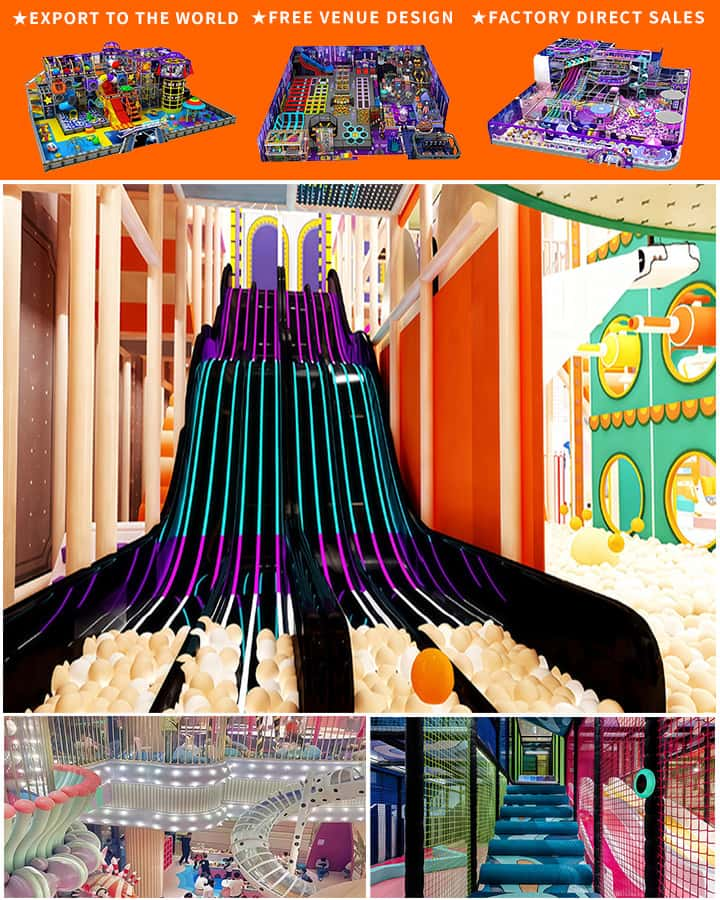In the bustling corridors of British schools, the playground serves as a sanctuary of sorts for children, providing a space to unwind, socialize, and burn off some energy. As educators and school administrators strive to create enriching environments that foster both physical and mental development, the selection of appropriate playground equipment becomes paramount. This article delves into the importance of well-chosen school playground equipment in the UK and offers guidance on selecting the best options for young learners.
The Importance of Playground Equipment
Playgrounds are more than just areas designated for fun; they are crucial for the development of a child’s motor skills, coordination, and social abilities. Quality playground equipment can stimulate creativity, encourage physical activity, and provide opportunities for collaborative play. In the UK, where outdoor spaces may be limited due to urbanization, maximising the utility of these areas is especially important.
Key Considerations for Selecting Playground Equipment
When choosing playground equipment for UK schools, several factors need to be taken into account:
Safety Standards: Safety is non-negotiable when it comes to playground equipment. The UK has stringent safety standards, including those set by the British Standards Institution (BSI) and the European Committee for Standardization (CEN). Ensure all equipment complies with these standards to minimize the risk of injury.
Age Appropriateness: Equipment should cater to the age groups using the playground. Different age brackets have varying needs and capabilities, so it’s essential to select items that offer suitable challenges without being too daunting or easy.

Inclusivity: Inclusive playgrounds ensure that children of all abilities can participate. Features such as wheelchair-accessible swings, sensory play elements, and adaptive climbing structures help create an environment where every child feels welcome.
Durability and Maintenance: Given the wear and tear from regular use, durability is a key consideration. Choosing robust materials like galvanized steel, heavy-duty plastics, and treated wood can prolong the lifespan of the equipment. Additionally, low-maintenance designs save time and resources in the long run.
Educational Value: Incorporating elements that promote learning can turn a playground into an outdoor classroom. Interactive installations like alphabet hopscotch, numbered climbing walls, and nature exploration zones blend fun with education.
Space Utilization: Efficient use of available space is vital, particularly in urban schools with limited grounds. Compact multi-use equipment like combination slides with built-in climbing sections or portable play units can maximize the area while offering diverse activities.
Popular Types of Playground Equipment in UK Schools
Slides: A staple of any playground, slides come in various shapes and sizes, catering to different age groups. From gentle slopes for toddlers to adventurous spiral slides for older children, there’s something for everyone.
Climbing Frames: Climbing frames encourage physical development and build confidence. They come in multiple configurations, from simple ladder and platform setups to complex jungle gyms.
Swings: Swings remain a timeless favorite and can accommodate various ages. Modern versions include tire swings, baby swings, and even inclusive options for children with special needs.
Seesaws and Teeter Totters: These classic pieces foster cooperative play and teach balance and coordination. Many newer models incorporate safety features like rubber seats and secure handles.
Playhouses and Forts: Imaginative play takes center stage with playhouses, whether they mimic castles, pirate ships, or forest dens. These structures stimulate creativity and storytelling.
Interactive Installations: Technological advancements have introduced interactive elements such as musical instruments, water play features, and digital games integrated into traditional playground setups, making playtime more engaging and educational.
Case Study: Transforming a London School Playground
At St. Mary’s Primary School in London, an outdated playground was transformed into a vibrant, inclusive space over the summer break. The project included installing a custom climbing wall with tactile elements for visually impaired students, a seesaw designed for mixed-age use, and a multi-sensory play area featuring textured surfaces and sound-emitting devices. The revamped playground not only increased student engagement but also improved their physical fitness and social interaction.
Conclusion
Selecting the right playground equipment is an investment in a school’s future, promoting health, happiness, and holistic development among students. By adhering to safety standards, considering age appropriateness, and embracing inclusivity, UK schools can create dynamic play environments that cater to every child’s needs. As the demand for high-quality, innovative playground solutions continues to grow, educational institutions must prioritize thoughtful design and functionality to make the most of their outdoor spaces. After all, a playground is more than just a place to play—it’s a launchpad for endless possibilities.




